À propos
Logiciel d'analyse de pieux hélicoïdaux HelixPile
Version avec Groupes Helical Pile et Pile Rafts
HelixPile est un programme logiciel moderne, puissant et convivial pour la conception de pieux hélicoïdaux. HelixPile permet à l'utilisateur d'inclure un nombre illimité de conditions d'étape et de profils de sol. HelixPile intègre les dernières recommandations et rapporte les conditions de conception contrôlantes. Les pieux hélicoïdaux analysés avec HelixPile incluent de nombreuses recommandations récentes permettant d'investiguer plusieurs modes de défaillance.
HelixPile inclut des options d'analyse de pieux latéraux avec des charges trapézoïdales
HelixPile vous permet d'importer et d'interpréter un journal CPT complet
HelixPile - Analyse de groupe de pieux, Analyse de radeau de pieux
LOGICIEL HELIXPILE

Avantages
POURQUOI CHOISIR SNAILPLUS ?
Interface de conception conviviale
Options de modélisation détaillées
Adaptabilité avec les options d'analyse
Analyse latérale améliorée
Capacité de conception complète
Documentation et reporting efficaces
Nos guides
Caractéristiques
PACKAGE LOGICIEL HELIXPILE: COMMENCEZ AVEC LA VERSION DE BASE - RENFORCEZ AVEC DES MODULES SUPPLÉMENTAIRES !
DeepFND offre une série d'options et de modules supplémentaires qui peuvent grandement étendre les capacités du logiciel et couvrir vos besoins exacts ! Découvrez les tarifs et les licences des packages logiciels HelixPile.
Exemples
EXEMPLES DE CONCEPTION HELIXPILE - HELIXPILE
Témoignages
Le programme est formidable et je l'utilise fréquemment !
Steve Gencorelli, P.E.
Vice-président de l'ingénierie et des ventes, DANBRO Distributors
CE QUE DISENT LES INGÉNIEURS À PROPOS DE HELIXPILE
Nos Partenaires
%201%20(1).png)
%20(1)%201%20(1).png)








.png)







.png)
.png)
.png)
.png)

.png)
.png)
.png)

.png)




.png)

%201.png)

FAIT CONFIANCE PAR PLUS DE 3 000 UTILISATEURS PROFESSIONNELS - INGÉNIEURS ET ENTREPRISES - DANS LE MONDE ENTIER !



